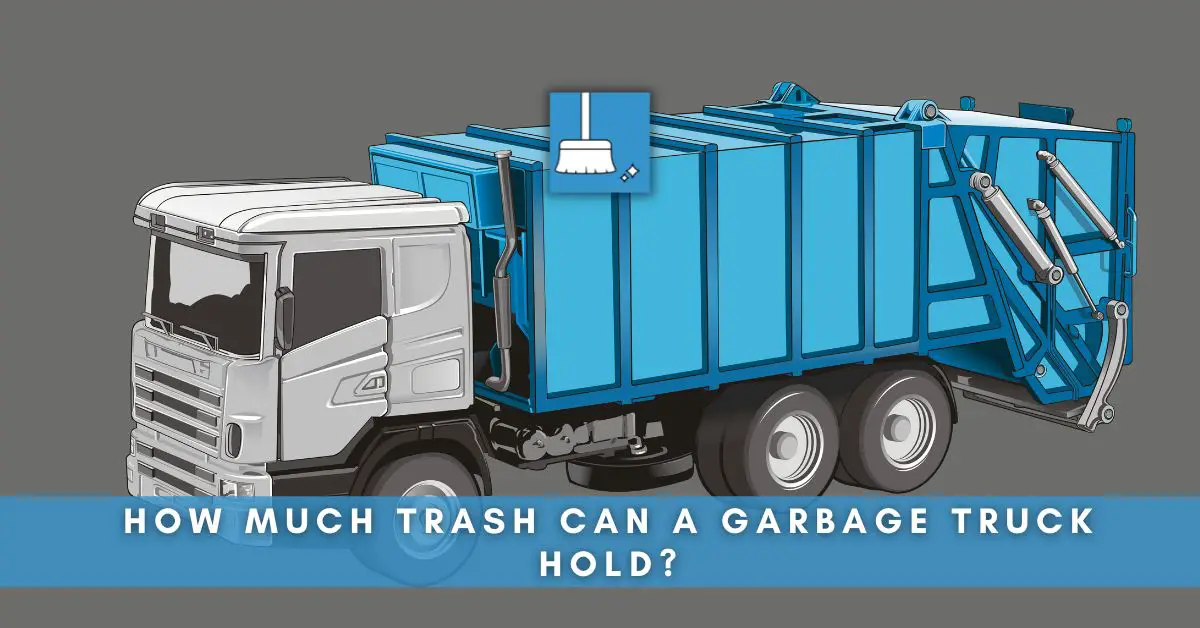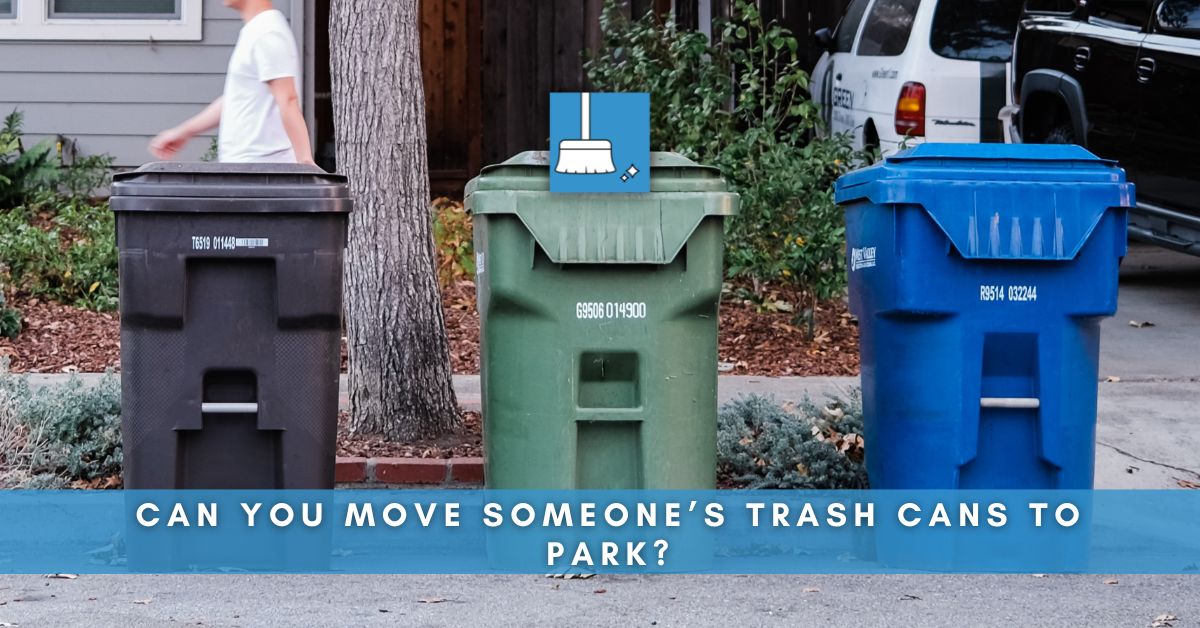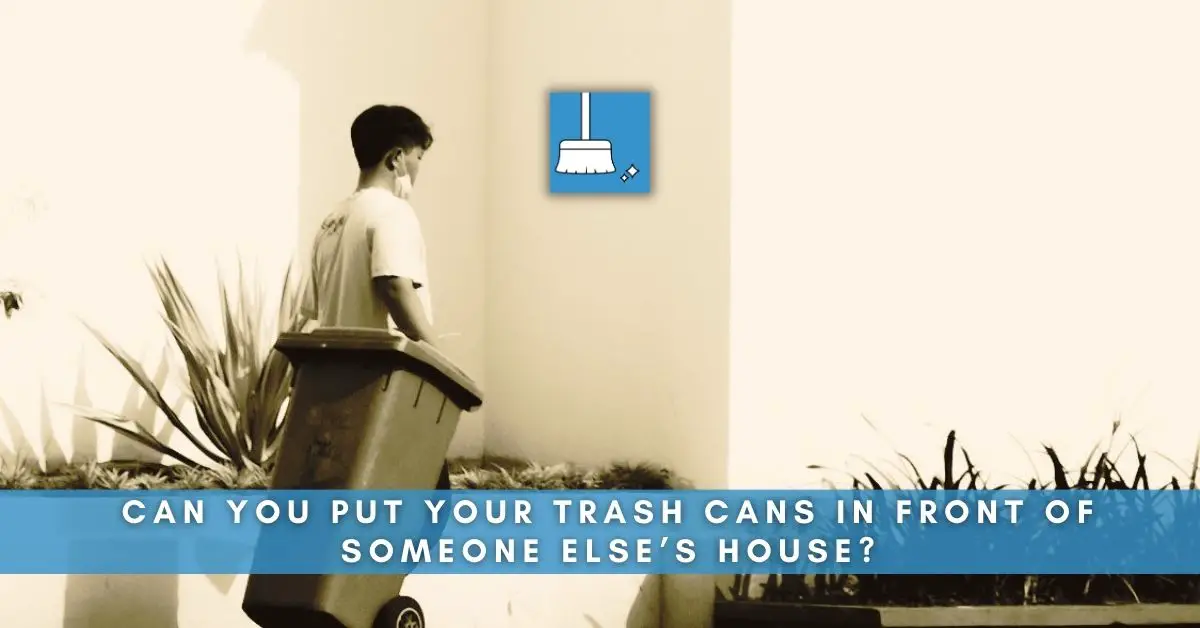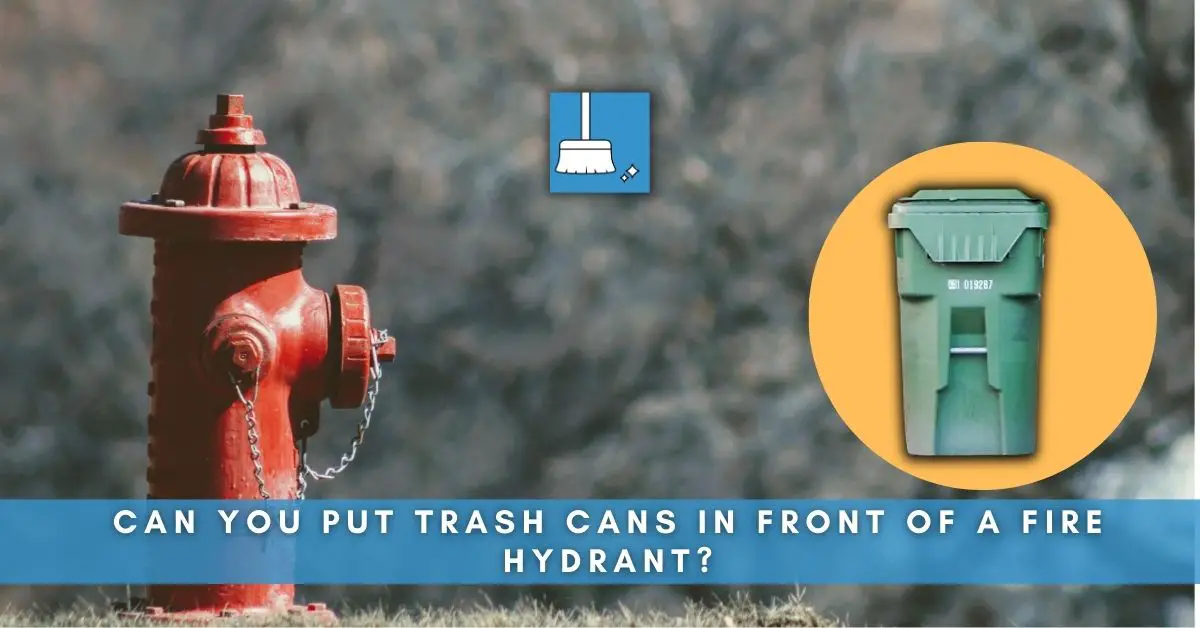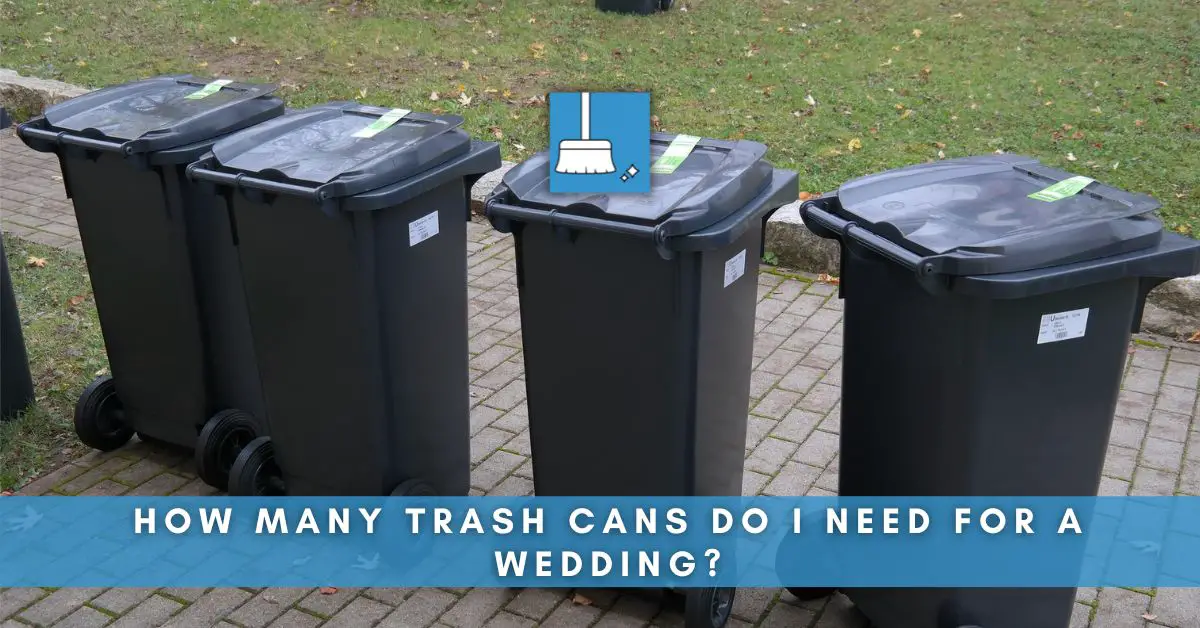So you’re curious about just how much trash a garbage truck can hold? Garbage trucks play a crucial role in keeping our communities clean, and understanding their capacity and weight limits is essential for efficient waste management. In this blog post, we will dive into the facts and figures of garbage truck hauling capacity.
Average Capacity of Garbage Trucks
On average, a garbage truck can hold up to 30 cubic yards of trash, which is equivalent to six standard dumpsters. However, the capacity can vary depending on the size and type of the garbage truck and the materials being collected. Recycling trucks have smaller compartments that can hold about 10-15 cubic yards of materials. Rear-loading trucks, on the other hand, tend to have larger capacities that can exceed 40 cubic yards. [1]
Different Garbage Trucks & Holding Capacities
The of garbage trucks can be affected by various factors such as the size and type of the truck, as well as the materials being collected.
Front Loader Garbage Truck
Front loader garbage trucks come with spacious containers that can hold industrial waste materials of up to 40 cubic yards.
Side Loader Garbage Truck
A side loader garbage truck is a versatile vehicle that is commonly used in the waste disposal industry.
Side loader garbage trucks can collect household waste from almost 1500 homes per day, and they can hold up to 28 – 30 cubic yards of garbage.
Generally, these trucks come in various sizes and capacities, but in terms of tonnage, on average, a standard side loader can collect and hold around 1.5 tons of compacted trash. This makes them suitable for both residential and commercial disposal operations. [2]
Rear-loading trucks (larger capacities)
Rear-loading garbage trucks are the largest type of waste vehicle commonly used for curbside collection. These trucks are known for their large capacities, which can exceed 40 cubic yards.
This makes them ideal for neighborhoods with a high volume of waste. Their size also means they require a significant amount of space to maneuver, so they might not be the best option for narrow streets.
Rear-loading trucks have lifting capacities that range from 2 to 4 tons and up to 16 cubic yards of storage, which allows them to haul anywhere from 9 to 14 tons of waste per trip.
Because they have larger capacities, they are more likely to be used for commercial waste than residential garbage.
Recycling trucks
Recycling trucks typically have smaller compartments with a capacity of about 10-15 cubic yards of materials. These trucks are designed to collect materials that can be recycled including paper, plastic, and glass.
They have separate compartments for each type of material, which helps prevent contamination and makes it easier to sort materials at recycling centers.
Recycling trucks are smaller and more compact than regular garbage trucks, which makes them more maneuverable in tight spaces.
They also tend to be quieter, which makes them better suited for residential neighborhoods.
Lifting Capacity of Trash Trucks
Trash trucks are equipped with a range of lifting capacity that can handle between 2 and 4 tons of refuse. This is enough to handle the waste generated by a small town or city.
However, for larger communities, multiple trash trucks may be needed to keep up with the volume of garbage.
Factors affecting hauling capacity include the size of the bags and the amount of space available in the truck. The maximum hauling capacity for trash trucks can reach up to 14 tons.
Average Hauling Capacity
On average, a garbage truck can haul between 9 and 10 tons of waste, which is equivalent to around 180 trash bags. However, the exact number of bags a truck can hold depends on the size of the bags and the space available in the truck.
Most garbage trucks are equipped with a weight sensor that measures the weight of the load as it is being loaded into the truck.
This helps ensure that the truck does not exceed its maximum hauling capacity, which is usually around 14 tons.
Compacting garbage in the truck using a compactor plate helps increase the hauling capacity of the truck.
Use of compactor plate to compress garbage
When garbage is loaded into the truck, its weight can compact it over time, leaving less space for additional trash. This is where the compactor plate installed in the hydraulics of the garbage truck comes in handy.
The compactor plate compresses the garbage, allowing more waste to fit into the truck.
This effective method helps waste hauling companies maximize the number of daily pickups and reduce the number of trips to the landfill.
The garbage truck compactor’s force is approximately 2750 psi or pounds per square inch. With this pressure, the compactor plate efficiently compresses the garbage and utilizes the truck space to its fullest potential.
How Do They Know When a Garbage Truck Is Full?
When it comes to knowing when a garbage truck is full, One of the most common ways to determine if the truck is reaching its capacity is by monitoring the compaction mechanism.
When the truck is full, the waste is typically removed by the driver. [3]

